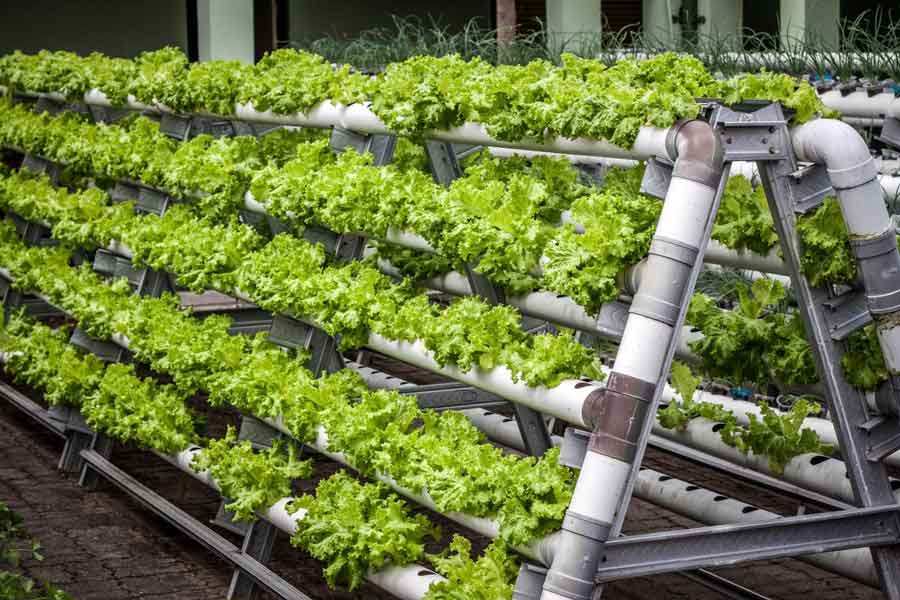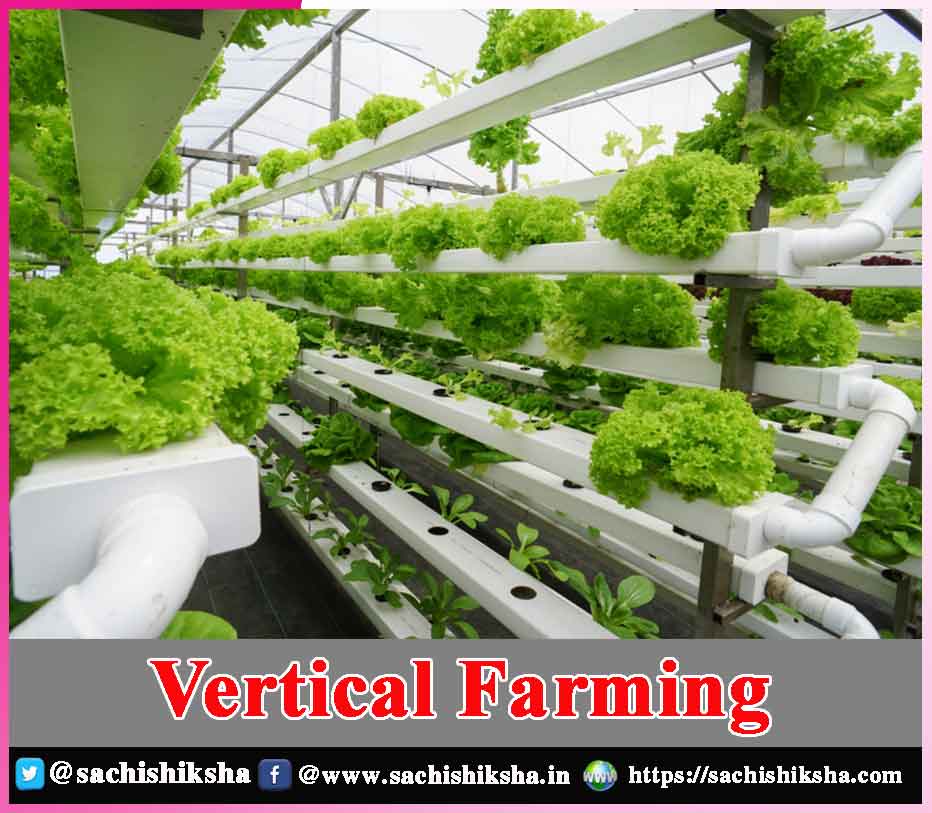Vertical Farming
Introduction:
There is little doubt that the prospects of agriculture are troubling and that something needs to be done. In general, population growth is rising at a rate of roughly 1% each year, with some nations expanding more rapidly than others. Maintaining the growing population will undoubtedly get more difficult as time goes on.
Also Read:-
- Food Security
- Basics of Stock Market
- Food Security in India
- Integrated Farming System
- Scientific Cultivation of Lady Finger
- Utilize Waste Things
Table of Contents
Loss of Agricultural Land:

Modern Agricultural Technology:
We need to discover more effective methods to feed future generations of people. Fortunately, modern agricultural technology, such as vertically agriculture, provides an ideal solution to these difficulties while also producing food for future generations. As urban populations grow, entrepreneurs are going outside conventional agriculture to find ways to provide food for everyone while minimizing their effect on our land and water supplies. Vertical farming is one such method that has been used on every continent of the world.
Essence of Vertical Farming;
Food production can be conveniently farmed in urban environments by growing in layers that are stacked vertically to conserve area and require little water and electricity for maintenance. Vertical farming is still in its earliest phases in India, but there are currently a few entrepreneurs and agri-tech enterprises aiming to transform the area. Vertical farming is essentially what it seems like: cultivating on surfaces that are vertical rather than surfaces that are horizontal. Farmers are able to grow substantially greater quantities of food on a comparable area of land (or even less) through the use of layers that are vertically stacked.
Area & Necessities of Vertical Farming:
The layers in question are frequently incorporated into structures that include skyscrapers, stored in warehouses or shipping containers, used as conservatories (such as ours), or positioned in areas that might otherwise be unsuitable for agriculture. However, vertical farming entails considerably more than simply stacking plants and praying for the best outcome. This practice necessitates the manipulation of temperature, light, water, and moisture. If a delicate equilibrium fails to be maintained, a whole crop may be lost, just as a typical field would in the case of a droughts or storm.
Not a Novel Notion:
It’s tempting to dismiss vertical farming as a novel notion, particularly with regard to the technologically advanced vertical farming firms that are developing nowadays. However, the concepts beneath the practise date back centuries. Around 2,500 years ago, the Babylonian Hanging Gardens were the first documented demonstration of vertical agriculture. Although gardening with hydroponics is not a new concept. Cultivating their plants on rafts hovering over lakes and rivers, the Aztec people devised a variant of the practice called chinampas approximately a thousand years ago.
Varied Practices of Vertical Farming By Varied People:
In the 1600s, a more sophisticated form of vertical farming appeared. Farmers in France and the Netherlands created unique microclimates by growing warmer-climate fruits alongside stone walls that conserved heat. William Frederick Gerick developed hydroponic farming at the University of California, Berkley, in the beginning of the twentieth century.
ke Olsson, a Swedish environmental farmer, devised a spiral-like rail structure for cultivating crops in the 1980s and proposed vertical farming as a method of raising veggies in towns.
Professor Dickson Despommier created the contemporary notion of vertical farming in 1999. His idea was to cultivate food in urban areas, utilizing fewer kilometers and conserving time in transporting food grown in the countryside to cities. He aimed to produce food in urban areas in order to have more nutritious foods accessible quicker and at cheaper prices.
Use of Less Water & Soil:
As a result, vertical farming is defined as the cultivation and production of crops/plants in layers that are vertically stacked and horizontally slanted substrates. The plants are steeply piled in a tower-like form in the material realm layout. This reduces the total amount of ground required for plant cultivation. Following that, an equal amount of both synthetic and natural light is employed to ensure a perfect atmosphere for the plants’ successful development.
Aeroponic, hydroponic, or aquaculture producing materials are employed rather than soil as the substrate for cultivation. As the methodology becomes more academic, the procedure’s performance grows, and as a result, vertical farming becomes more environmentally friendly by consuming 95% less water than previous agricultural methods.
View this post on Instagram
Vertical Farming Technologies:
Hydroponics
It is an approach of producing food with water without the use of soil by employing minerals nutrients. The primary benefit of this strategy is that it lowers soil-related agricultural issues such as soil-borne pests, bugs, and illnesses.
Aeroponics
Aeroponics was inspired by NASA’s (National Aeronautical and Space Administration, USA) attempt in the 1990s to discover a successful method for cultivating plants in orbit. There exists no medium for cultivation in Aeroponic; consequently there are no vessels for producing crops. Alternatives to water vapor or solutions of nutrients are utilized in Aeroponic. Because the plants are attached to a structure and their roots are doused with nutrient solution, they’re in need of very little room, water in a container and soils.
Aquaponics
The name aquaponics is derived from the combination of two words: aquaculture (fish agriculture) and hydroponics (the process of cultivating vegetation without soil in order to develop symbiotic connections between the crops and the fish).
The symbiotic relationship can be created by using rich in nutrients effluent from aquariums as “fertigate” to hydroponic producing beds.
Advantages:
Vertical farming offers various advantages, making it hopeful for agriculture’s development. The physical space required is fairly minimal, water usage is 80% less, water is reused and stored, pesticides are not used, and in the instance of technologically advanced farms, there is no true reliance on the climate. A vertical farm renders farming possible inside the constraints of a metropolis. When farms are close by, food is swiftly transported and always fresh, as opposed to the chilled vegetables commonly found in stores. Transit minimization minimizes the cost of fossil fuels and their associated emissions, as well as transit deterioration.
Limitations:
Vertical farming, like all other forms of farming, has its limitations. The biggest issue is the starting expenditure on capital for building the vertical farming system. Furthermore, there are construction expenditures as well as automating costs such as computerized monitoring and management systems, remotely management systems and software, controlled collecting and layering systems, customizable LED lighting fixtures, heating and cooling systems, and so on.













































